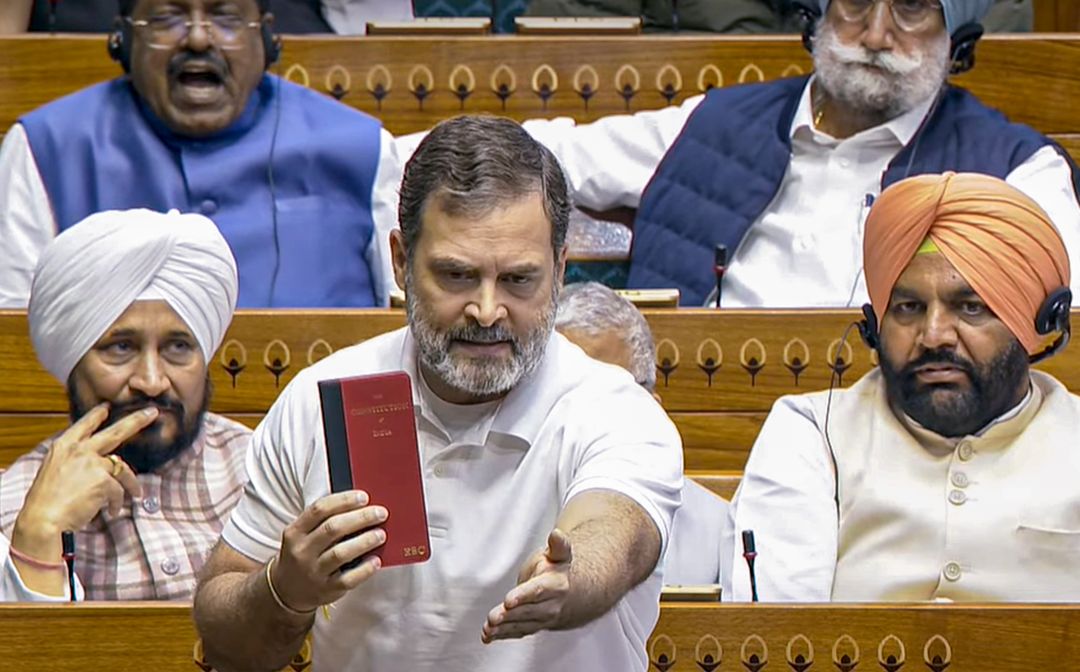Sonipat, Feb 3 (360info) – As one dissects the executive orders and policies of former U.S. President Donald Trump, it becomes evident that his "Make America Great Again" (MAGA) vision is unlikely to achieve its goals. Instead, his approach appears to be marked by delusion, disruption, and division.
Despite campaigning on a platform appealing to grassroots voters, Trump’s economic policies, such as tax cuts favoring the wealthy, reinforce disparities. His call for all NATO nations, including the U.S., to increase defense spending to 5% of GDP could escalate American military expenditure to an unprecedented $1 trillion, according to SIPRI data. The combination of military budget hikes and tax reductions would likely lead to cuts in public services like healthcare and education, further weakening social cohesion.
His executive orders also attempt to redefine social policies, such as abolishing birthright citizenship (challenging the 14th Amendment) and halting federal funding for institutions promoting Diversity, Equity, and Inclusion (DEI). These moves are being challenged in court for undermining constitutional rights and fostering societal rifts along racial, gender, and ideological lines.
Despite MAGA’s appeal to disillusioned white voters, the working class, and those yearning for traditional American values, Trump’s policies are unlikely to foster national cohesion or global stability. Without internal unity and diplomatic reliability, his vision of making America "great again" remains an elusive goal.
(360info.org)
The Business-Politics Nexus: A Government of the Wealthy
Trump’s administration has long been intertwined with the ultra-rich, exemplified by the 13 billionaires in his cabinet and the billionaire funders seated prominently at his 2024 inauguration. This highlights a deep-rooted nexus between business and politics in the U.S., where economic elites wield significant influence over policymaking.Despite campaigning on a platform appealing to grassroots voters, Trump’s economic policies, such as tax cuts favoring the wealthy, reinforce disparities. His call for all NATO nations, including the U.S., to increase defense spending to 5% of GDP could escalate American military expenditure to an unprecedented $1 trillion, according to SIPRI data. The combination of military budget hikes and tax reductions would likely lead to cuts in public services like healthcare and education, further weakening social cohesion.
Polarization and Internal Divisions
Trump’s policy framework exacerbates societal divisions, particularly through his approach to immigration and social issues. His labeling of migrants as security threats and his deployment of the military for mass deportations showcase a hardline stance, often executed in ways that publicly humiliate deportees. This has strained diplomatic ties, particularly with nations like Colombia.His executive orders also attempt to redefine social policies, such as abolishing birthright citizenship (challenging the 14th Amendment) and halting federal funding for institutions promoting Diversity, Equity, and Inclusion (DEI). These moves are being challenged in court for undermining constitutional rights and fostering societal rifts along racial, gender, and ideological lines.
America’s Global Strategy: Exceptionalism and Confrontation
Trump’s foreign policy aligns with a vision of American exceptionalism, reinforcing the U.S.'s right to act outside international norms. His strategies include:- Territorial Expansionism: Proposals such as merging Canada into the U.S. as the 51st state, asserting control over Greenland, and reclaiming the Panama Canal highlight a shift toward Western Hemisphere dominance.
- Withdrawing from Global Agreements: Trump has exited the World Health Organization (WHO) and the Paris Climate Agreement, while reinstating sanctions on the International Criminal Court (ICC).
- Economic Coercion: He has introduced 25% tariffs on countries like Canada and Mexico and threatened 100% sanctions on BRICS nations should they attempt to replace the U.S. dollar as the global reserve currency. Economists warn such measures could spur inflation and stifle economic growth.
- Middle East Policy Continuity: Trump’s dealings with Israel mirror previous U.S. administrations, as he lifted sanctions on Israeli settlers in the West Bank, indirectly escalating violence against Palestinians. His controversial suggestion that Jordan and Egypt absorb 1.5 million displaced Palestinians has been widely condemned as an act of forced displacement.
A Legacy of Uncertainty
While Trump’s administration promotes free speech and potential nuclear disarmament talks with Russia and China, his policies have created significant domestic and global instability. His transactional, coercive approach to governance—marked by threats, economic leverage, and political grandstanding—risks alienating allies while emboldening adversaries.Despite MAGA’s appeal to disillusioned white voters, the working class, and those yearning for traditional American values, Trump’s policies are unlikely to foster national cohesion or global stability. Without internal unity and diplomatic reliability, his vision of making America "great again" remains an elusive goal.
(360info.org)

